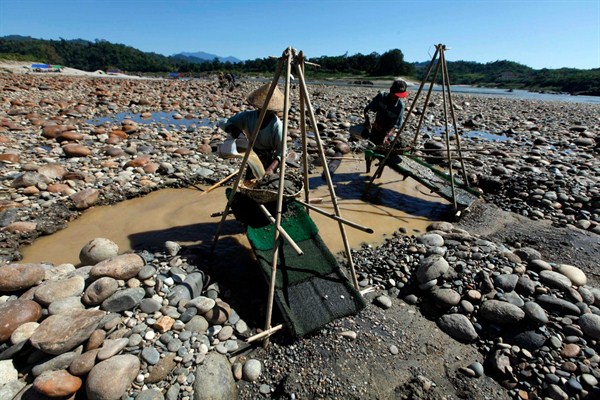Editor’s note: This article is part of an ongoing WPR series about China’s One Belt, One Road infrastructure initiative, also known as the Silk Road Economic Belt and the 21st Century Maritime Silk Road.
Relations between China and Myanmar have been deeply affected by Myanmar’s ongoing political evolution, though China nevertheless sees Myanmar as a key player in its One Belt, One Road initiative. In an email interview, Yun Sun, senior associate with the East Asia Program at the Stimson Center, traces how bilateral ties have changed in recent years and how One Belt, One Road could potentially serve leaders of both countries—as long as significant political and economic risks can be mitigated.
WPR: How have Myanmar-China ties been affected by Myanmar’s reform process, and what has the relationship been like under Aung San Suu Kyi’s leadership?

